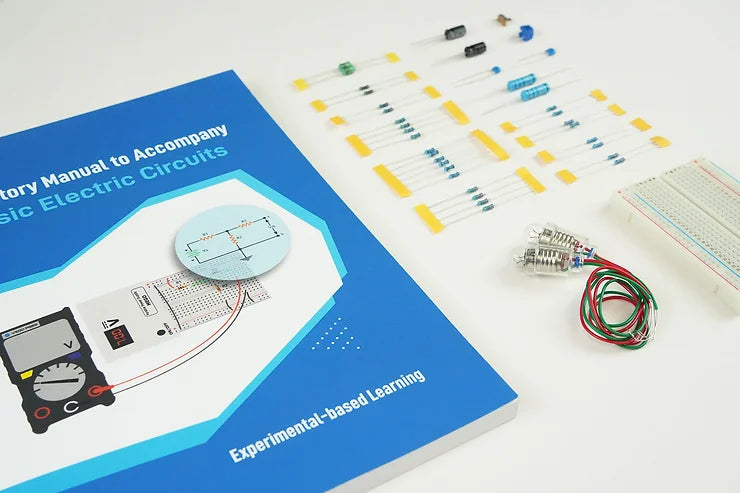As the most basic unit of semiconductor devices, the PN junction can be said to be ubiquitous, starting with it when breaking down each type of semiconductor device in detail.
Transfer characteristics of an Insulated Gate Bipolar Transistor (IGBT):
Many times, we usually consider a device as a whole, such as the transfer characteristics curve of an Insulated Gate Bipolar Transistor (IGBT).
You can see that there is a voltage drop of a few tenths of a volt (as shown in red) in the conduction of the IGBT, and this voltage is called the threshold voltage. Next, let's understand the formation of the threshold voltage from the conduction model of the IGBT. The diagram below shows a sectional view of the Insulated Gate Bipolar Transistor.
The opening state characteristics of an IGBT device can be described as a MOSFET operating in its linear region connected in series with a P-i-N rectifier. The voltage expressions for these two parts are as follows:
p is the inter-cell spacing, and are collector current and its density, is the reverse channel length, is the electron mobility, is the oxide capacitance, is the gate voltage, is the threshold voltage, n is the non-ideality factor, is the thermal voltage, k is the Boltzmann constant, T is the absolute temperature, q is the electron charge, and is the reverse saturation current.
IGBT chips are encapsulated in various packages for use, and the chip interconnection technology introduces lead resistance, thereby generating corresponding voltages. Therefore, in many datasheets, the conduction resistance item will specify whether it includes the voltage drop caused by lead resistance. Therefore, the conduction voltage drop of the IGBT consists of three parts, namely the voltage drop through the MOSFET, the PiN rectifier, and the leads.
We can see that at very small currents, the voltage drop across the MOSFET and leads is almost zero. Therefore, due to the low reverse saturation current (typically in the range of 10^-8 to -14A), the voltage drop across the PiN part forms a "knee" in the conduction characteristic (quite a vivid image), hence this voltage is called the "knee voltage."
This knee voltage is an inherent parameter of the IGBT device and is independent of the conduction current. Furthermore, the reverse saturation current and the thermal voltage are both positively correlated with temperature. Therefore, according to the above expression, the knee voltage is inversely related to temperature.
































